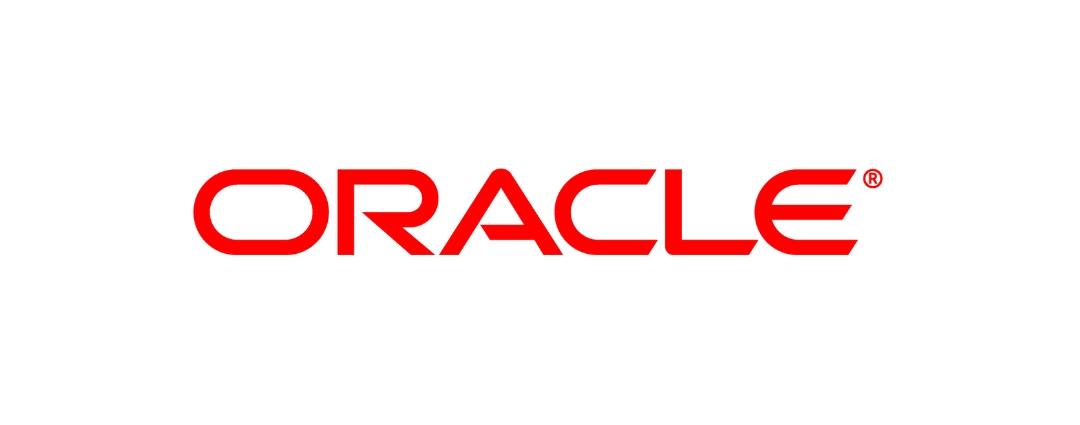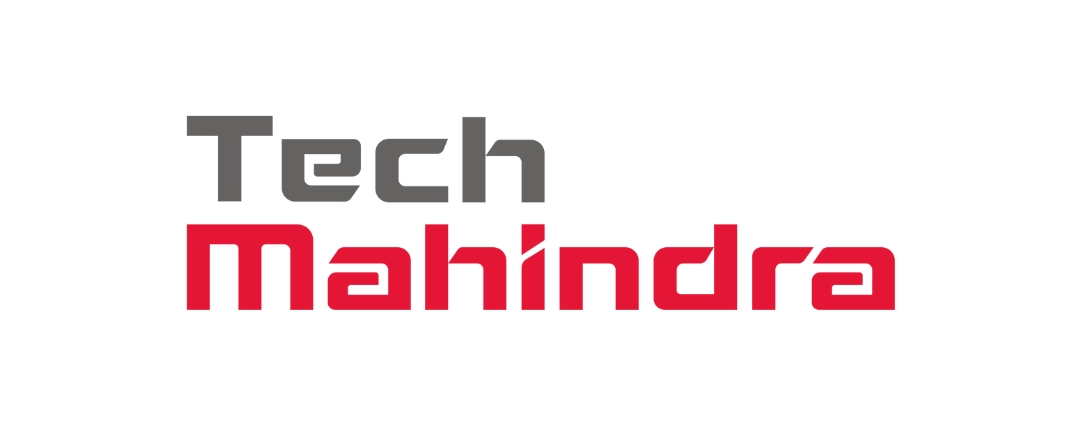ITOrizon offers Manhattan Active WMS implementation, integration, upgrades, ProActive extension, 24/7 production support and managed services. Learn how we can help you!
About Manhattan Active WMS
Manhattan Associates is the pioneer in supply chain software and the leader in continuous innovation for the past 30 years. They are renowned for their best-of-the-breed warehouse management solution and listed as the leader in magic quadrants. 90% of the North American retailers trust Manhattan products.
In May 2020, they announced their cloud version of the WMS, aka WM Active. ITOrizon has the privilege to participate and lead the WM Active implementations for our customers. We like to share some insights for the prospects currently considering Manhattan or existing Manhattan users in WMi (AS400), WM Scale, and WMOS.
Deployment
WMS Active is hosted on the Google Cloud platform as a subscription model, and it offers a dedicated, single-tenant model. Unlike on-prem, Manhattan completely takes care of hardware, initial deployment, upgrades, fixes etc. In fact it is versionless meaning you will get periodic updates, as long as there is an active subscription. Manhattan deploys bi-monthly fixes and quarterly release of new functionalities and all done with zero downtime.
New Features
The cloud version offers intuitive GUI features paired with a built-in help page. In addition, release notes, process guides, API Guides and config guides are comprehensive.
All major WMS features are available in the active version without any compromise. The list of features include personalized GUI, location layout, order streaming, responsive mobile, and RF features. Additionally, users can sign on to all MA products via single sign-on and shared menu. By default the product is multilingual and supports almost all major languages across the globe.
Customizations & Enhancements
Users are free to configure the system by answering the business questionnaire. It is configured based on the operational workflows, and the application gets customized based on user responses. Users are free to revise their responses in business changes, and the application layout is adjusted accordingly.
Enhancements and customizations are straightforward in the cloud version. Webhooks, known as user exits in MAWM are widely available and well spread across the application. This enables customers to have custom logic outside the cloud WMS application and lets them integrate back into the application.
In short, customers can develop logic specific to their business in the external layers. Examples of external layers include integration or business orchestration layers like UCBOS, which helps API management and workflow routing are effortless.
Technical Support
Just like all SaaS solutions, production maintenance is covered under the subscription for Manhattan Active WMS. Designated dashboard screens are available to monitor infrastructure health, performance monitoring, on-demand scaling, and integration touchpoints performances. The customer team can gain access and parallelly monitor. However, database access is restricted. The application scaling is a key factor in the cloud application which frees up the customers from the worries of resource spikes for CPU, memory and storage.
The cloud release offers native reporting features through the SCI (Supply Chain Intelligence) module. Additionally, customers can purchase an additional reporting license with a production snapshot for detailed business intelligence reports. Associates who enjoyed the on-prem model would appreciate this database replica.
Training
Manhattan Associates does offer instructor-led sessions for Manhattan Active Warehouse Management Product Level 2. Please check here for availability.
Continuous Areas of Improvement
Here are few things to be aware of the cloud based WMS:
- The links between different data elements are limited. Users have to navigate between multiple screens to link relevant data elements.
- Troubleshooting of the application and integration issues is convoluted. The access to logs and to the integration layer are limited/restricted.
- The alerting and exception management capability is not well defined for the end customer to define or modify them within the application. SCI report based alerting may be a better alternative to have better control.
Transform Your Supply Chain with ITOrizon's Leading-Edge Solutions
We are here to address your inquiries and guide you in selecting the services that best align with your needs.
Your benefits:
- Global Reach
- Expertise
- Customization
- Innovation
- Recognition
- Efficiency
What happens next?
We Schedule a call at your convenience
We do a discovery and consulting meting
We prepare a proposal














